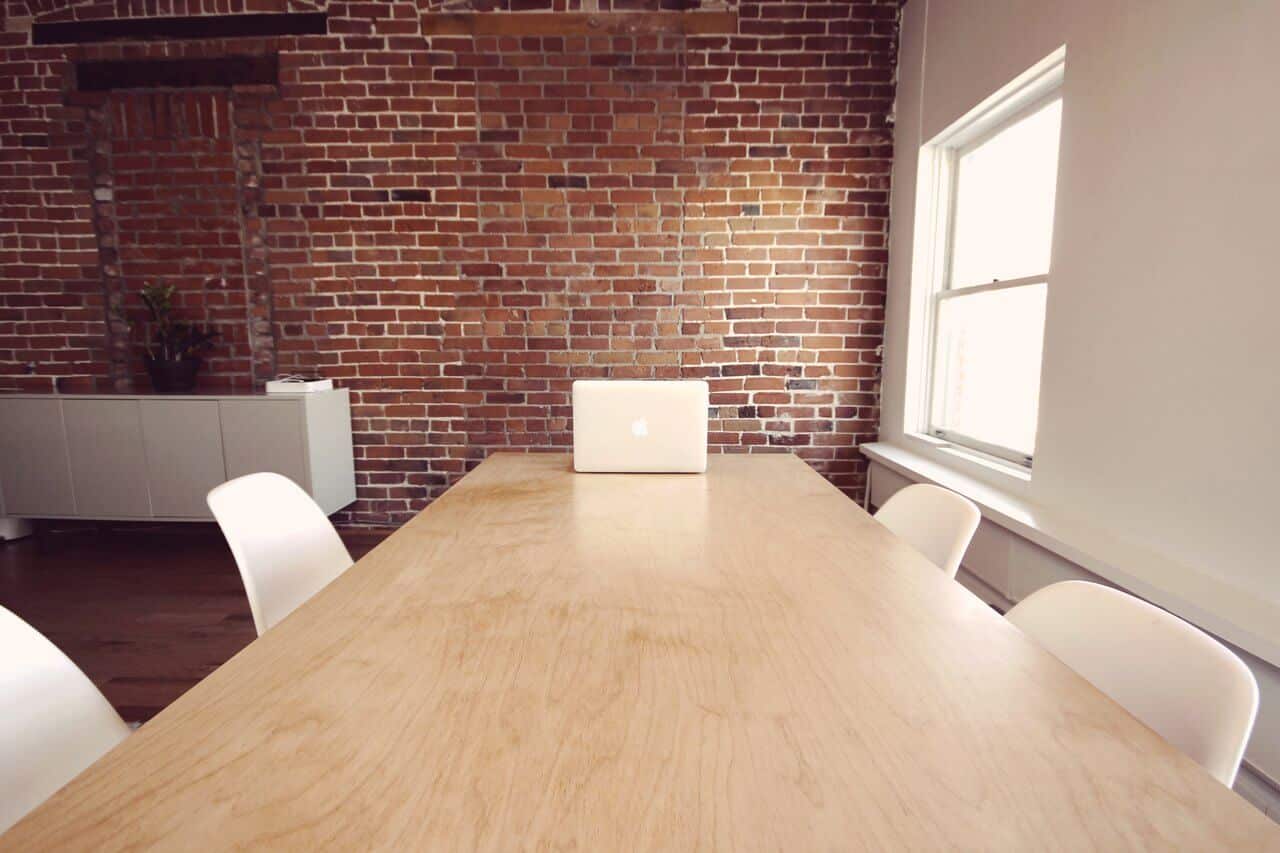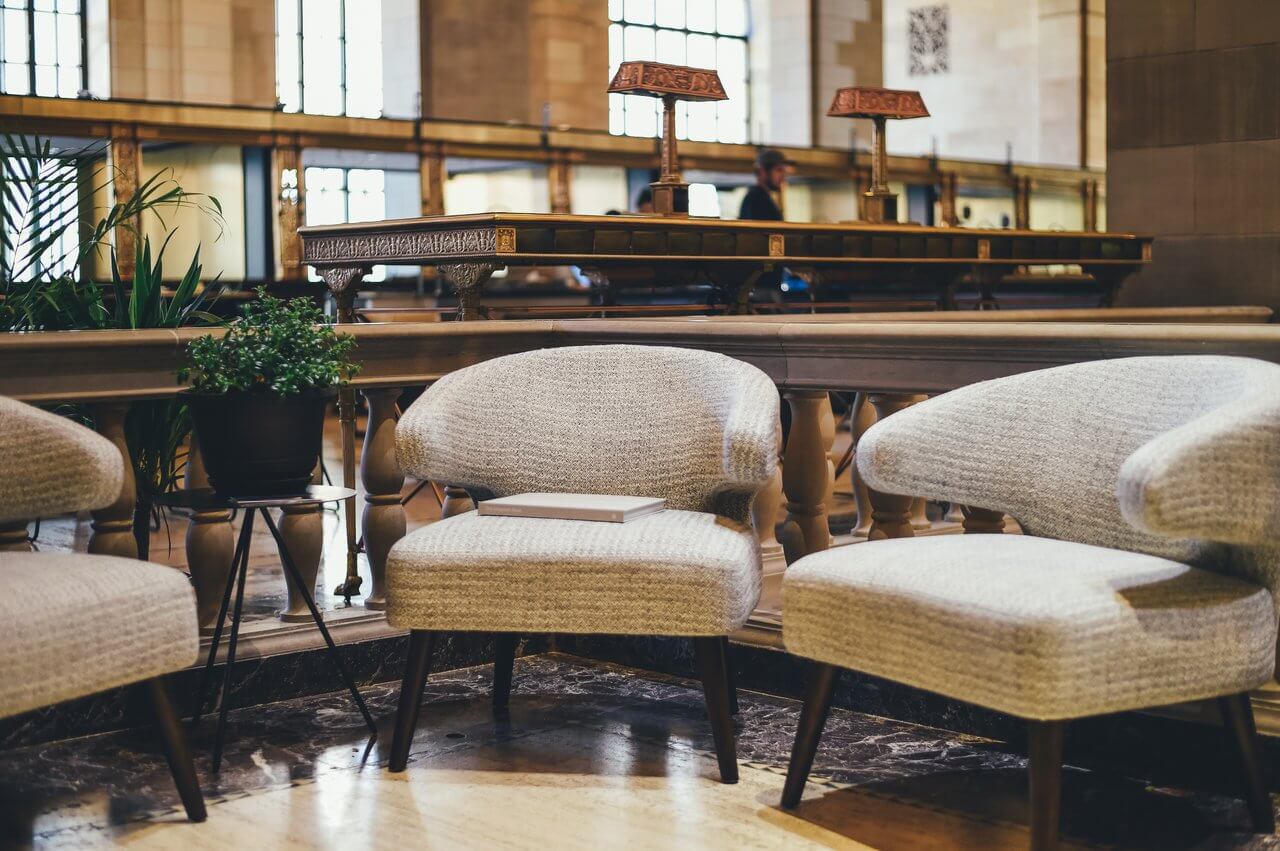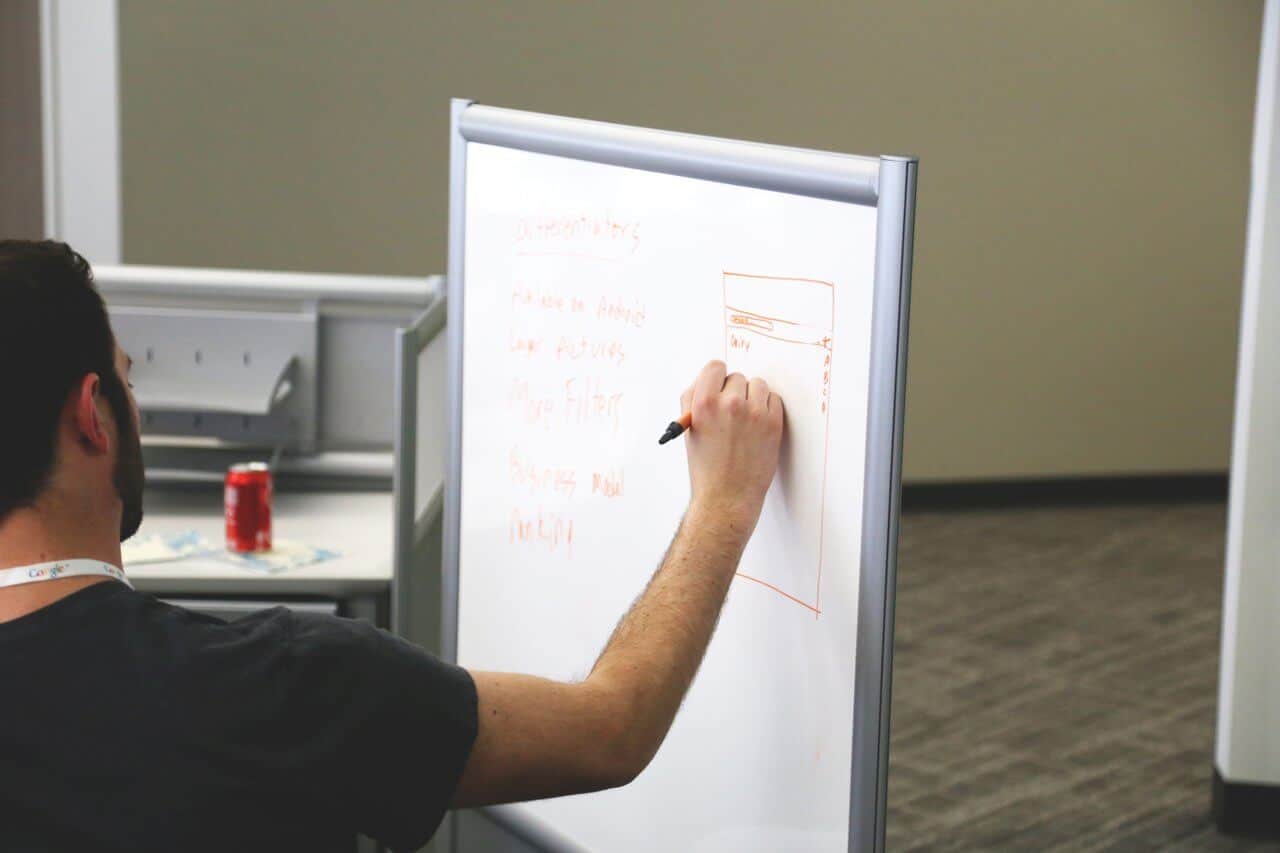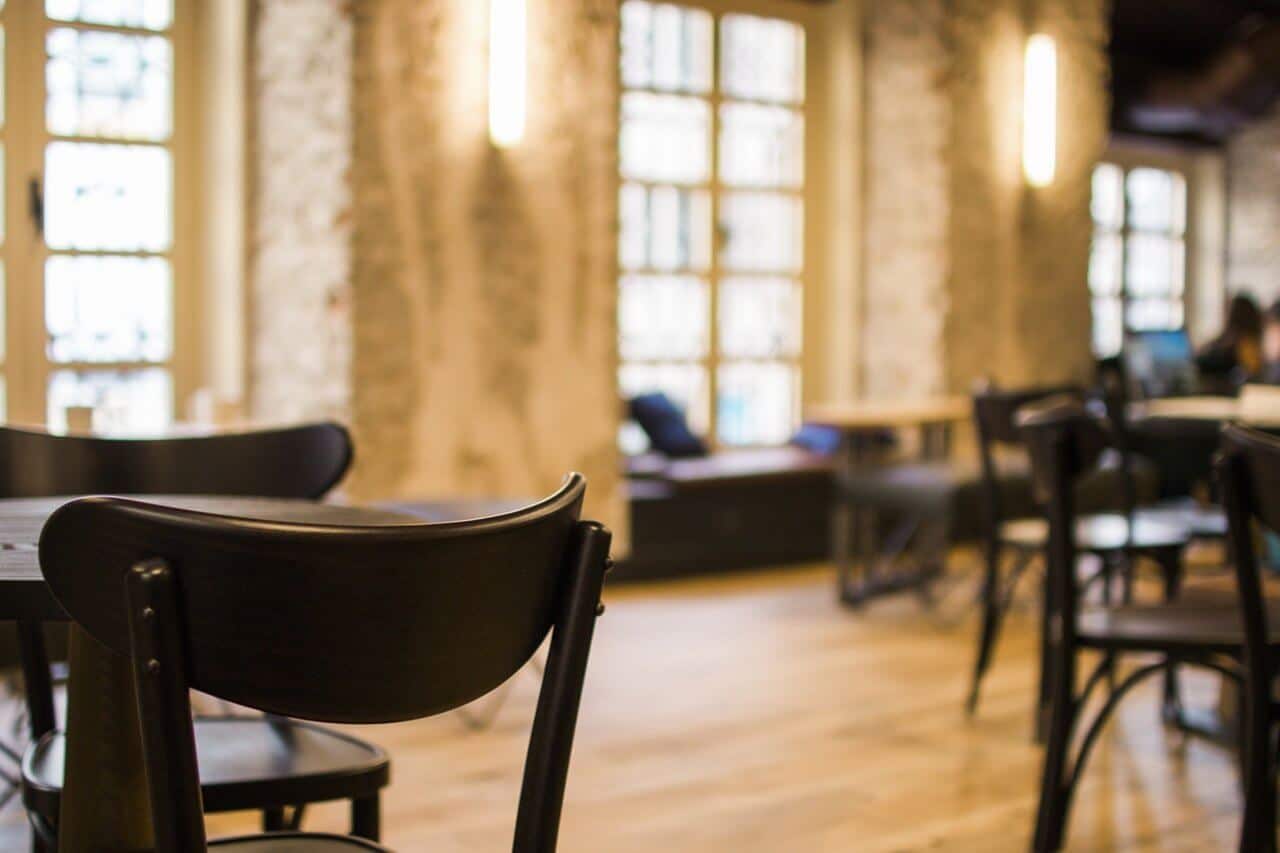
Meeting rooms have long been a staple of collaboration in office spaces, and how you design them can affect the behavior of those who use them. That means the layout, furniture and atmosphere of a meeting room can have a visible impact on an organization. Here’s a look at how facility managers can take a cognitive-focused approach to their meeting room designs in order to create positive workplace results.
Flexibility and control

According to a RCF Group study, people who feel in control of their physical environment tend to experience less stress. This principle applies to meeting rooms as well as workspaces in general.
Having basic control over HVAC and lighting in a room enables attendees to customize the environment to their specific needs.
The feeling of control can be more explicitly reinforced by using flexible, movable furniture. Chairs and tables that can easily be moved, altered in size or stored away allow for different layouts to exist within a standard space. This level of customization can lead to novel setups like removing the table entirely, which has been shown to reduce the amount of psychological distance between people.
Key takeaway: When people have a choice over lighting, temperature and furniture arrangements in a room, they’ll be more comfortable and receptive.
Soft lines and circular shapes

Shapes and lines play an important role in establishing the mood of a space. As Oregon State University researchers found,
soft or curved lines tend to create a space that feels more pleasant and attractive.
This concept can be especially useful for situations where social comfort is important like on-boarding new team members or receiving feedback.
Circular shapes are similarly effective in that they create a sense of openness. They also imply the absence of an established leader. For example, a person sitting at the head of a rectangular table has the potential to make eye contact with the most attendees, thus implying a sense of power. Round tables equalize the opportunity of attendees to make eye contact with each other, reducing the perception of a hierarchy during meetings.
Key takeaway: Curvilinear arrangements emphasize openness and equality, enabling more people to participate in meetings.
Visual tools and memory

Some meetings involve the creation of ideas and plans or the presentation of a project—and collaboration tools like whiteboards or screen-sharing equipment are important to that end.
Visual displays allow attendees to organize information and retain memories more effectively.
Whiteboards and sticky notes are ideal for collaboration as well, providing an opportunity for attendees to physically move around and tangibly contribute ideas to a discussion.
Key takeaway: Visual tools improve memory recall and encourage more social interaction.
Crowding and constraints

People often feel frustrated and stressed when they perceive they’re in a crowded area. Managers should track any feedback about physical space limitations, such as difficulty getting into chairs, lack of mobility in the room or unwanted physical contact.
Removing unnecessary furniture such as extra chairs is a simple way to create more physical space. High ceilings, large windows and more lighting can allow people to perceive more space in the meeting room. Another way to reduce discomfort or distraction is to clean up clutter and keep furniture neatly aligned.
Key takeaway: A room free of clutter and excess furniture can help people feel more relaxed and able to focus on the task at hand.
The design of a meeting room can influence how people behave in a space, for better or for worse. By considering their employees’ needs and implementing simple alterations in their meeting rooms, managers can create a more satisfied and focused workplace.
Photos: Snappa.io, Adrianna Calvo, Crew, Startup Stock Photos, Adrianna Calvo



